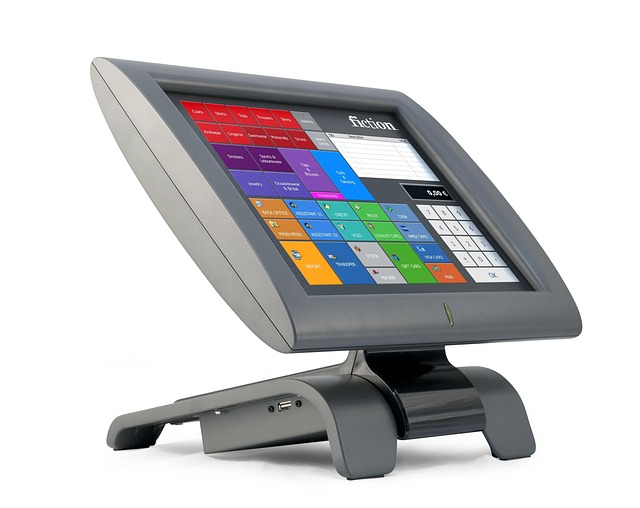In the dynamic landscape of contemporary commerce, the integration of robotics mentoring systems has become a catalyst for transformative growth. These sophisticated platforms, which pair human expertise with robotic precision, are redefining how businesses approach efficiency, scalability, and innovation. By weaving together artificial intelligence, machine learning, and real-time data analytics, robotics mentoring systems create a symbiotic relationship where machines learn from seasoned professionals and, in turn, empower those professionals to make data‑driven decisions at unprecedented speeds.
Foundations of Robotics Mentoring Systems
At their core, robotics mentoring systems consist of three intertwined components: sensor‑rich hardware, adaptive software algorithms, and a knowledge base curated by industry veterans. The hardware provides the physical interface, capturing motion, force, and environmental cues. The software interprets these inputs, applies machine‑learning models, and generates actionable feedback. The knowledge base ensures that the system remains aligned with best practices, evolving alongside emerging standards and regulatory requirements. Together, they form an ecosystem where learning is continuous, context‑aware, and intrinsically collaborative.
Human‑Centric Design Philosophy
Unlike traditional automation, which often imposes rigid workflows, robotics mentoring systems prioritize human agency. The design philosophy centers on enhancing human capability rather than replacing it. When a skilled technician encounters a complex task, the system can simulate potential solutions, highlight risk factors, and suggest incremental improvements. This mentorship model not only reduces error rates but also accelerates skill acquisition, ensuring that employees remain adaptable in a rapidly evolving technological environment.
Impact on Operational Efficiency
Companies that have adopted robotics mentoring systems report measurable gains in throughput, precision, and cost‑effectiveness. By enabling real‑time adjustments to processes, these systems eliminate bottlenecks that traditionally required manual intervention. For instance, in a high‑volume manufacturing plant, a robotic mentor can detect subtle variations in component alignment, prompt corrective action, and log the adjustment for future reference. This proactive approach translates to fewer defects, reduced downtime, and a leaner inventory of spare parts.
Key Metrics for Success
- Reduction in cycle time by 15–25% within the first six months of deployment.
- Decrease in operational costs linked to waste and rework by up to 18%.
- Improved employee retention, as mentors help staff develop competencies faster.
- Enhanced safety scores, with fewer incidents reported due to real‑time hazard detection.
Driving Innovation Through Continuous Learning
Robotics mentoring systems serve as living laboratories for innovation. Each interaction generates data that feeds back into the system’s learning algorithms, fostering a cycle of improvement. As the mentor adapts to new scenarios—such as integrating a new sensor or responding to a shift in product design—it also updates its recommendations for future users. This dynamic learning environment ensures that the organization remains at the cutting edge, constantly refining processes and discovering new efficiencies.
Case Study: Adaptive Assembly Lines
Consider an electronics assembly line that introduced a robotics mentoring system to manage the placement of delicate components. Initially, the system observed workers handling soldering tasks and identified optimal hand positions and speeds. Over time, it suggested micro‑adjustments that reduced solder splatter by 30% and increased throughput by 12%. Importantly, the system documented each iteration, providing a transparent audit trail that satisfied compliance audits and helped the workforce adapt to new product specifications.
Ethical and Workforce Implications
As with any disruptive technology, the adoption of robotics mentoring systems raises important ethical questions. Transparency in decision‑making processes, safeguards against bias in AI models, and clear delineation of accountability are essential to building trust among stakeholders. Furthermore, by focusing on mentorship rather than replacement, these systems help mitigate fears of job displacement, fostering a culture where employees view automation as an ally that enhances their craft.
Strategies for Workforce Transition
- Implement comprehensive training programs that pair human mentors with robotic guidance.
- Encourage cross‑functional collaboration to leverage diverse perspectives in refining the system.
- Establish clear metrics for measuring skill development and system effectiveness.
- Maintain open channels for feedback, allowing employees to influence future iterations of the mentoring platform.
Future Horizons: AI‑Driven Autonomous Mentoring
The next wave of robotics mentoring systems promises even greater autonomy. By integrating advanced natural‑language processing and emotion‑recognition capabilities, future mentors could provide real‑time coaching in a conversational manner, adjusting their feedback based on the learner’s confidence and stress levels. Coupled with predictive analytics, these systems could anticipate skill gaps before they manifest, offering pre‑emptive training modules that keep the workforce ahead of the curve.
Potential Industry Disruptions
“When a mentor learns from us, we become more than just operators; we evolve into strategic partners,” remarked a senior engineer in a logistics firm that recently deployed an AI‑enhanced robotics mentoring system. “The synergy between human intuition and machine precision is redefining what it means to work in an automated environment.”
Such insights underscore a broader shift: the boundary between human and machine is dissolving, replaced by a collaborative ecosystem where each informs and elevates the other. As businesses continue to invest in robotics mentoring systems, the trajectory points toward a future where automation is not an end in itself but a means to unlock human potential at scale.
Conclusion: A New Paradigm in Business Automation
Robotics mentoring systems represent more than just a technological upgrade; they embody a new paradigm for interaction, learning, and growth within modern enterprises. By marrying the analytical rigor of AI with the nuanced judgment of experienced professionals, these systems create a feedback loop that continuously refines processes, enhances safety, and cultivates a resilient workforce. As the business world navigates an era of rapid digital transformation, embracing robotics mentoring systems will be key to maintaining competitiveness, fostering innovation, and ensuring sustainable success.



